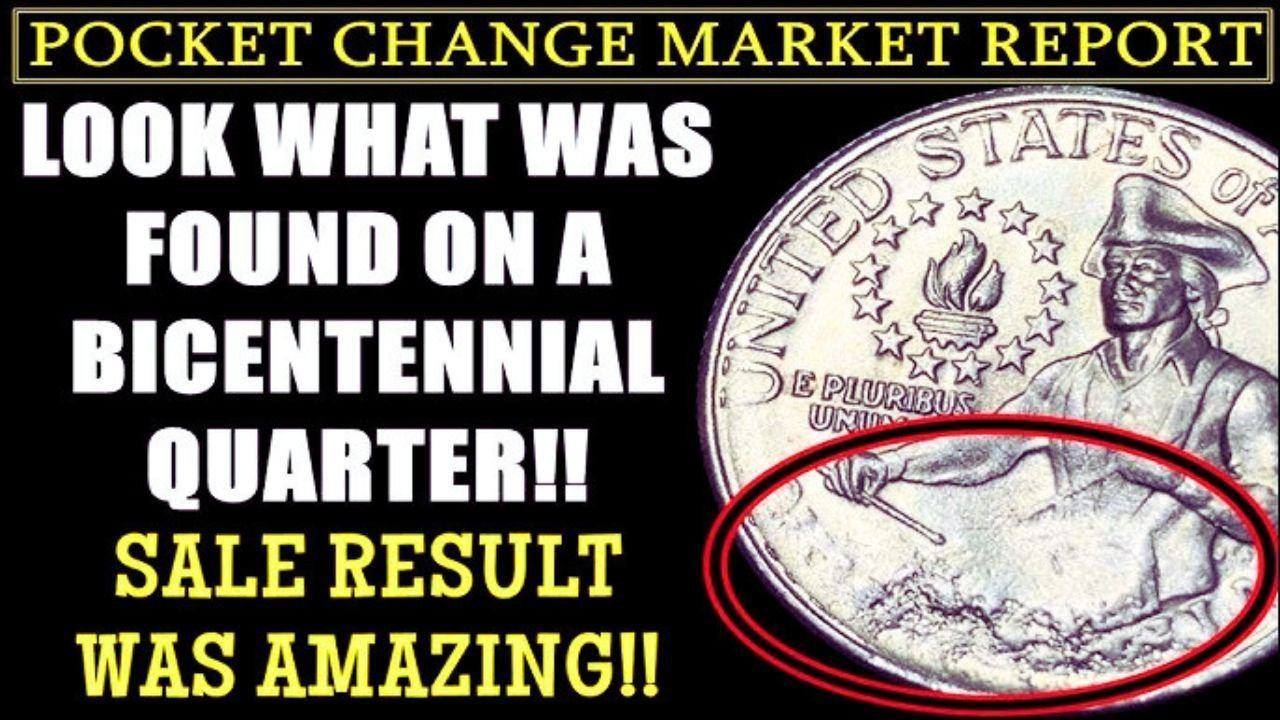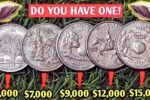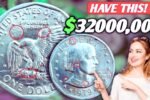A Surprising Find in Everyday Change
Back in 1976, America was buzzing with excitement over its 200th birthday. The U.S. Mint rolled out special quarters to mark the big event, showing George Washington on one side and a drummer boy on the other, with dates reading 1776-1976. Most folks just spent them like regular money, but a tiny number turned out super special because of a minting mistake. Fast forward to today, and one of those rare coins just sold at auction for a whopping $4 million. That’s right, a quarter from your grandma’s jar or loose change could be worth a fortune if it has the right features. Coin experts say it’s all about spotting the details that set the valuable ones apart from the billions of common ones still floating around.
The Story Behind the Bicentennial Coin
These quarters came out to celebrate the nation’s independence, and the Mint made over 1.6 billion of them across three spots: Philadelphia, Denver, and San Francisco. The everyday versions are made of copper and nickel, worth about 25 cents unless they’re in top shape. But some got a fancy silver mix, especially from San Francisco, and those can go for $10 to $1,000 depending on how shiny and perfect they look. What really jacks up the price, though, is errors from the factory. The big winner is the “double die obverse” type, where the front side got stamped twice by accident, making words and numbers look fuzzy or doubled. Only a few like this exist, mostly from Philadelphia, and that’s why one fetched $4 million at a 2025 auction.
What Makes This Quarter So Rare and Valuable
The key to the sky-high value is that double die error, which happened on a small batch early in production. It affects the front, where “LIBERTY” and “IN GOD WE TRUST” appear thicker, like they have a shadow. The date “1776-1976” might show doubling too, especially on the first few numbers. Coins without a mint mark, meaning they came from Philadelphia, are the hottest ones for this error. Denver versions with a “D” can have it too, but they’re not as pricey. Condition matters a ton, folks. If the coin looks almost new, with sharp edges and no big scratches, its worth shoots up. Experts grade them on a scale, and top-rated ones are what bring in the millions. Lower grades might still sell for thousands, but nothing beats a pristine example.
How to Check Your Coins Like a Pro
Grabbing a magnifying glass is your first step to hunting for treasure. Flip the quarter to the Washington side and look close at the words around the edge. If “LIBERTY” seems blurry or doubled, that’s a good sign. Do the same for the motto and the date, checking for any overlap or extra lines. Feel the weight, silver ones are a bit heavier and shinier than the usual kind. Avoid cleaning it, that can wreck the value fast. Instead, handle it with soft gloves and slip it into a plastic holder. Take it to a coin shop or send pics to pros at places like PCGS for a real check. They can tell if it’s the real deal and grade it right. Lots of people find these in old rolls from banks or family stashes, so start digging through what you’ve got.
| Feature | Description |
|---|---|
| Error Type | Double Die Obverse (doubling on front text and date) |
| Mint Mark | None (Philadelphia) or D (Denver) |
| Condition | Near-mint, sharp details, no heavy scratches |
| Value Range | Up to $4 million for top examples |
Keeping Your Discovery Safe and Cashing In
Once you think you’ve got a winner, don’t rush to sell. Get it certified by a trusted grading service to prove it’s authentic, that boosts what buyers will pay. Auctions are where the big money happens, like the recent one that hit $4 million for a perfect double die quarter. Even if yours isn’t that rare, silver proofs from San Francisco can still net you a nice chunk, from $10 for worn ones to over $1,000 for gems. Coin collecting is hot right now, with folks loving pieces of history like this. Who knows, that quarter rattling in your pocket might pay for a new car or even a house. Just remember, most are common, but spotting the special ones could change your luck in a flash.



